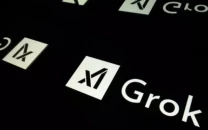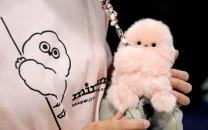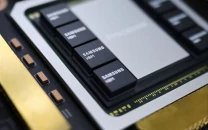NASA’s new telescope gets hit by a large micrometeoroid
The James Webb Space Telescope is pelted with a large micrometeoroid in Space, causing a bit of damage

NASA’s new James Webb Space Telescope was hit by a larger than expected micrometeoroid at the end of May. The collision caused detectable damage to one of the aircraft's primary mirror segments.
Even though the telescope is “still performing at a level that exceeds all mission requirements”, the mission team will have to correct the distortion and disturbance created by the strike, The Verge reported.
The new next-generation telescope is designed to look much further into the universe and see stars and galaxies that had been formed when the Big Bang occurred. The telescope took two decades to build along with an investment of $10 billion. It was successfully launched on Christmas two years ago and stationed itself 1 million miles away from Earth.
Ever since it’s launch, the telescope has already been hit by four different micrometeoroids which were much small in size and didn’t cause any damage. The gold-coating of mirrors on the telescope is designed to withstand tiny space debris collisions but not one which is bigger in nature.
The technical deputy project manager at NASA’s Goddard Space Flight Center, Paul Geithner, said “We always knew that Webb would have to weather the space environment, which includes harsh ultraviolet light and charged particles from the sun, cosmic rays from exotic sources in the galaxy, and occasional strikes by micrometeoroids within our solar system.”
Engineers are working their best to help prevent the sensitive space telescope from future damage of collisions. In its blog post, NASA optimistically said, “Webb’s beginning-of-life performance is still well above expectations, and the observatory is fully capable of performing the science it was designed to achieve”.



















COMMENTS
Comments are moderated and generally will be posted if they are on-topic and not abusive.
For more information, please see our Comments FAQ